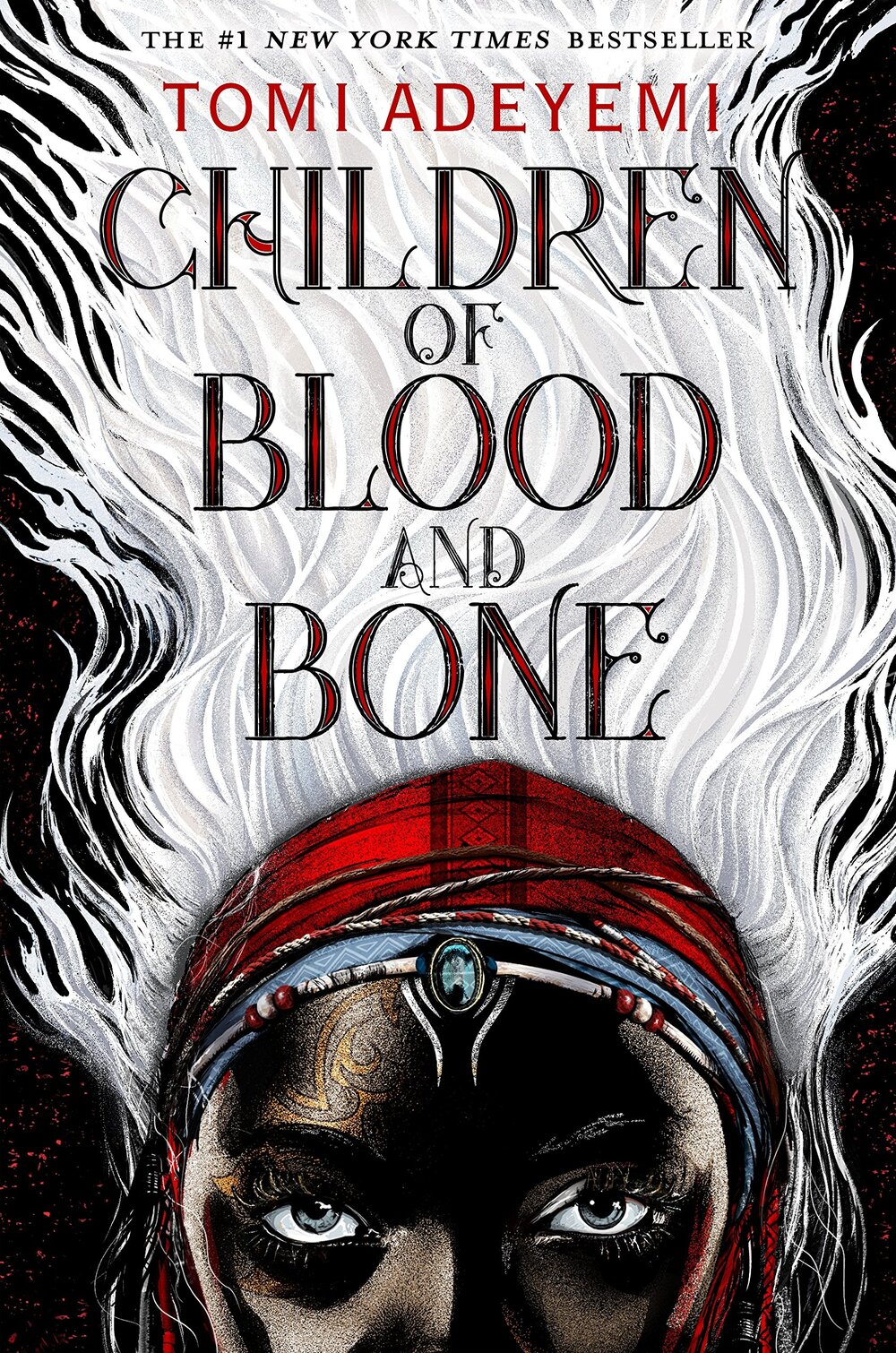I posted in February last year about using XP awards to train your players, and the problems of various methods of XP accounting. I mentioned in that post that I would experiment with rewarding players for telling me more explicitly where they wanted to go in their next session. It turns out, that particular group of players never developed the habit of telling me explicitly what their characters’ goals were despite my repeated encouragement.
I also mentioned the reddit thread about Improved 3 Pillar XP, and said that I didn’t want to use it. I didn’t want to use it because it seemed like it would require more accounting than I was interested in doing. But since Covid-19 has moved all my gaming online and I’ve made more quick reference materials for myself in google docs, I decided that I’d try building a spreadsheet to run the Improved 3 Pillar XP calculations for me.
I think the golden moment for me—the moment that convinced me to throw together the basics of the Improved 3 Pillar XP categories in a spreadsheet—was seeing that I could simplify all XP gain into a series of questions at the end of a session. Those questions:
- Did the PCs recover any notable treasure?
- Did the PCs explore, defend (suggested by my sibs), or takeover an important location?
- Did the PCs ally an important NPC, or align them towards PC’s causes / away from foes’?
- Did the players interact with each other in character?
- Did the PCs circumvent or defeat any foes?
When I shared my quick and dirty first notes with my sibs, they rapidly made a separate interface that I’m actually quite happy with.
Now I have a spreadsheet that will take direct input from me about how much I want to reward my PCs as a proportion of their next level, with input categories spread across exploration, social interaction, and combat. The best part, as far as I’m concerned, is that this is also flexible and easy to expand.
If I want to try adding other categories of behavior that I wish to reward, I can either include those as expanded qualifying cases for the above questions (by changing an existing question) or I can add another question and reward category. As someone who enjoys tinkering with spreadsheets, that isn’t a scary prospect… though I can understand it not being your cup of tea. Ideally, I’ll have all this put together in a good-looking easily-read format at some point. For now though, I’m trying it out and seeing how well it works. Do it bad quickly first, etc.
The first idea I had about expanding this was to try rewarding players for telling me about their characters’ plans and then having the PCs act on those. I realize that this doesn’t necessarily work with PCs who are too in-the-moment to plan ahead, nor does it work as well when the PCs are too busy reacting to every new garbage fire to forge their own path… but I think it could be useful in a more sandbox game, especially one with a more relaxed pace.
If you want to try building your own, I suggest copying all the various tables in the Improved 3 Pillar XP post into a spreadsheet first so that you know what you’re working with. If you’d like to try using what I’ve got so far, tell me so and I’ll look into sharing something that you might be able to use.
 Shit
Shit